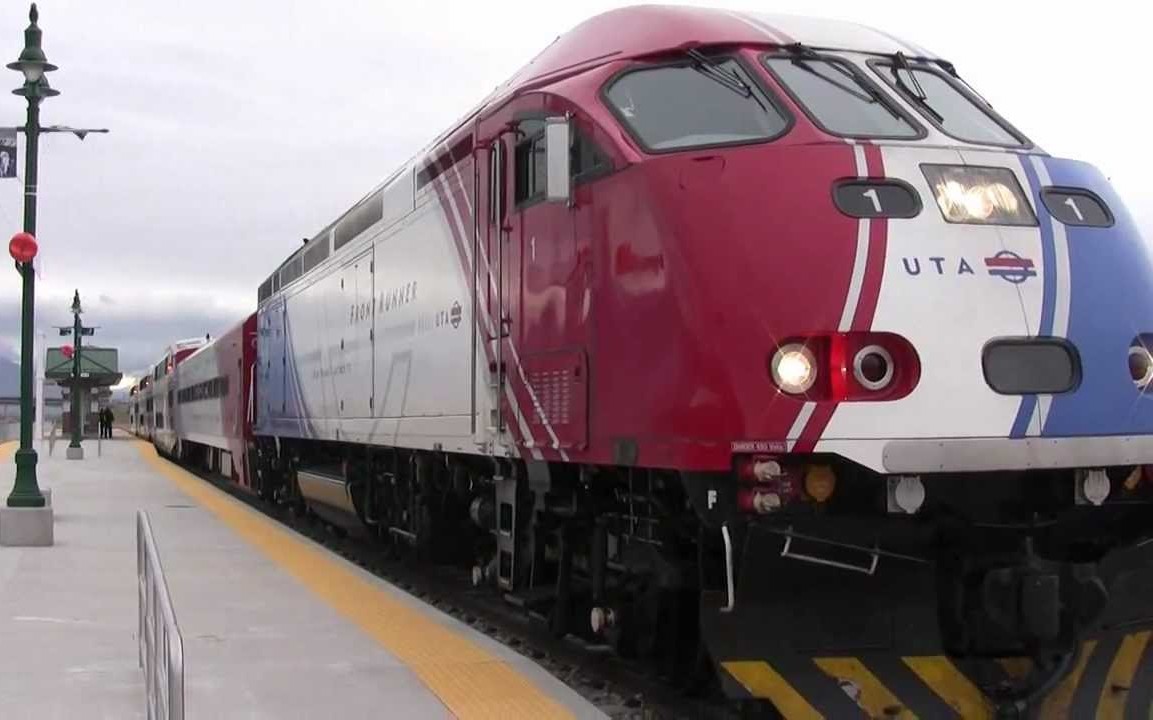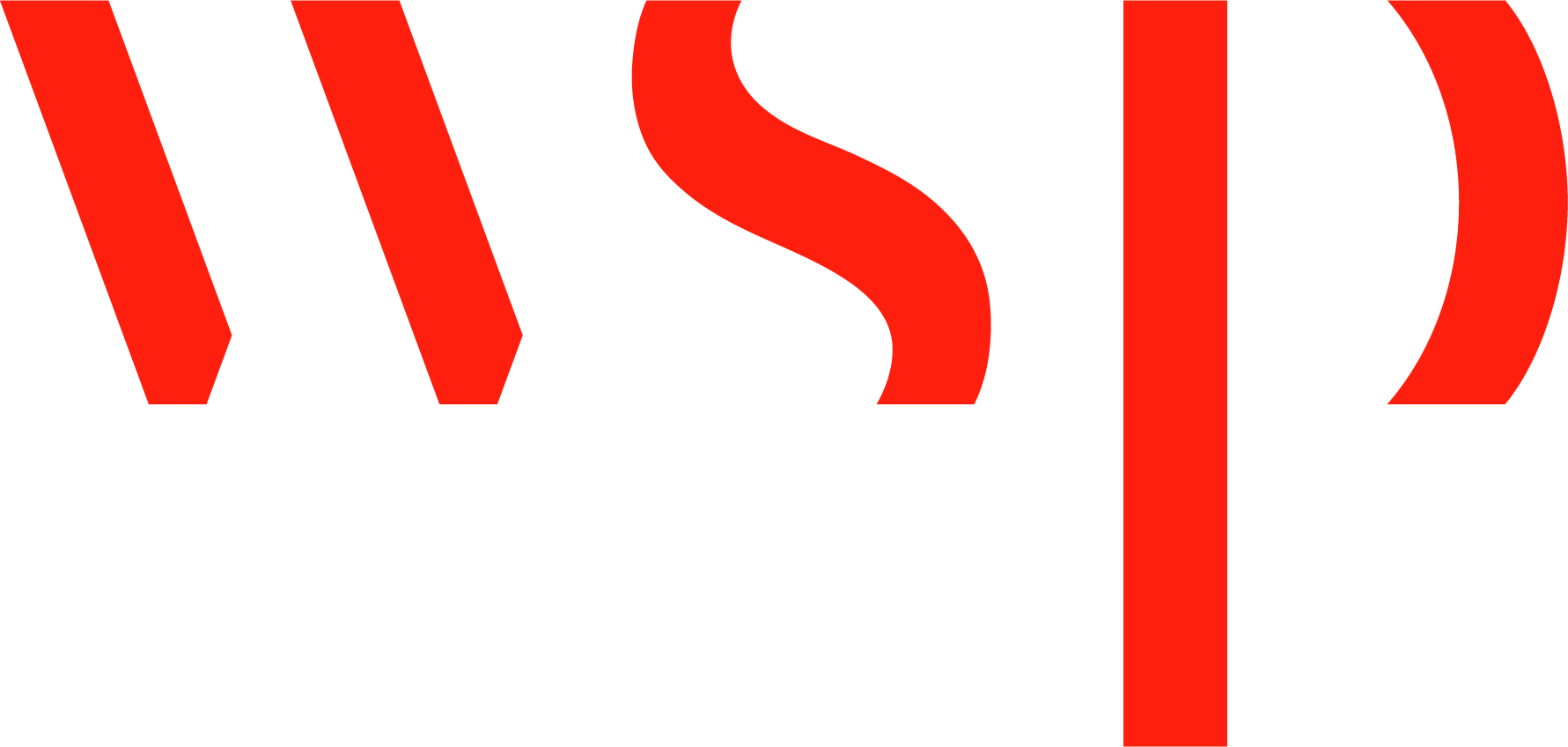Transit-oriented development is happening in a big way in Utah, and the benefits are huge. In 1999, Envision Utah released the Quality Growth Strategy. It provided a vision, goals, and strategies to achieve what Utahns wanted as we grew. And what did tens of thousands of Utahns say they wanted? More light rail and compact, walkable development around rail stations. So Utah set out to deliver exactly that. Utah built 140 miles of passenger rail: TRAX, FrontRunner, and the S Line. In fact, we built rail faster than anywhere in America.

And now we’re building development around those stations. Envision Utah recently looked at building permit data for the four-county Wasatch Front, and the numbers are stunning. Since 2010, almost half of new multifamily housing, over a third of new office, and almost a third of new retail has been built within a half-mile of a rail station.
This has tremendous benefits. It means more and more people can live close enough to walk to a train. It also means people can get to more destinations on a train. And, based on research about the impacts of well-planned development near rail, it means we’re driving substantially less. In fact, this development near rail has the potential to reduce the daily miles driven along the Wasatch Front by more than 650,000 miles. This reduced driving in turn reduces air pollution, eliminating as much as 1,360 pounds of daily emissions, or 250 tons a year.
It also saves Utah families as much as $86 million each year, even after you account for the cost of transit passes. In fact, one of the keys to keeping Utah affordable even as our land costs skyrocket is to make it possible for people to drive less and even to shed a car. According to AAA, it costs an average of about $8,500 per month to own and operate a car. A typical Utah household owns at least two cars, which means $17,000 a year just to get around—or 27% of median household income.

There’s also an economic development impact to all this growth around rail stops. Increasingly, “traded sector” employers—those who bring money into the economy and pay higher-than-average wages—are seeking locations that are highly accessible by public transportation. Offering more opportunities for businesses to locate in these kinds of places will spur more job growth in Utah.
Continuing to build around rail stations—and bus stops—will bring substantial benefits in the years to come. In 2015, over 50,000 Utahns weighed in to create the the ‘Your Utah, Your Future’ vision. More than 80% chose a future that includes significant transit-focused development. We’re already seeing that happen, and with the right encouragement it will continue and even increase. The results for our quality of life—and that of our children and grandchildren—will be tremendous.
About the author: Ari Bruening has extensive experience in visioning and implementation efforts for regions and large-scale projects. He currently works with Envision Utah, is an AICP certified planner, and graduated magna cum laude from Harvard Law School.

